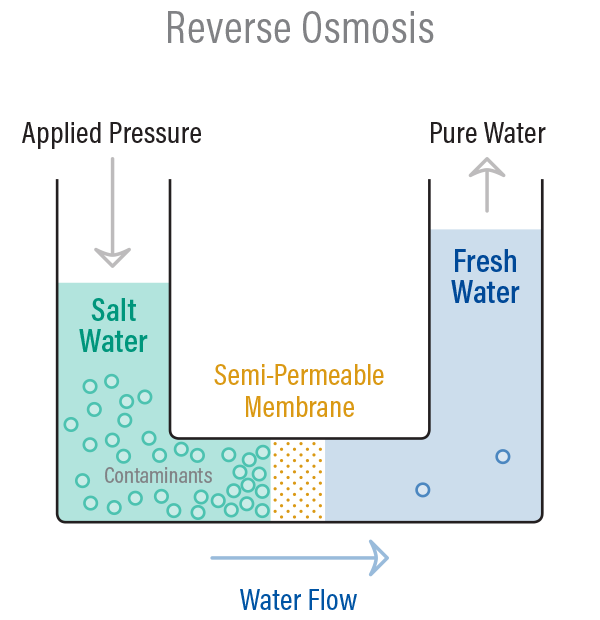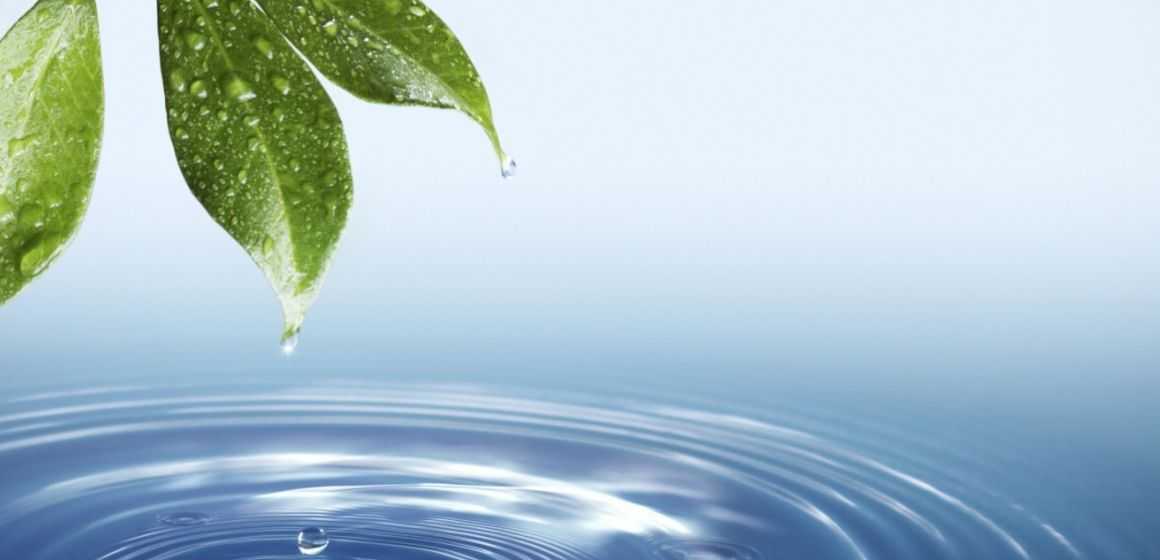Why You Need Reverse Osmosis
Reverse osmosis is a seemingly simple, but scientifically complex, process in which minerals are removed from water by using pressure to push water through a semi-permeable membrane. This process may also be referred to as "RO."
RO water will contain less dissolved materials than regular tap water. The membrane is used as filter to catch unwanted contaniments as water is forcably pushed through. The result of which leaves you with mineral free water. Some people may prefer using RO water to regular tap water because it is free of minerals that could have been collected as water runs through aging pipes.
Why
Water ran from a tap is not free from minerals and can measure in high concentrations of such. Using unfiltered water can weaken your harvest or even kill your plants. Young plants should not be fed water with a mineral concentration higher than 300 ppm.
The ppm of tap water will be different for every city, though unfilitered water will usually exceed the 300pm comfort zone of younger seedlings. This is alarming, our young plants are already in danger - especially when we begin providing them with nutrients, increasing the ppm even further! Thankfully we have the power of reverse osmosis available to us - which will help to bring our initial ppm down to a very modest value - typically below 10.
When we reintroduce our nutrients to the reverse osmosis water, the ppm levels will rise, but not to a point where the plants will find it uncomfortable. You will also avoid polluting your growing medium with any heavy metals that may have been found in your tap water.
TDS Meters
A TDS meter is a gauge used to test your water for dissolved minerals. It will display the results in parts per million (PPM). They can be bought over the internet or at a hydroponics store. It is recommended to purchase a TDS meter.
To operate, first take a sample of the water you wish to test then insert the TDS meter into it. The reading will be displayed digitaly on a small screen. It's similair to a digital thermometer.
Once you have an idea of the base PPM levels of your water, you can deduce if reverse osmosis would be good for your grow!
Alternatives
A full reverse-osmosis set-up can cost an arm and a leg, but for first time adapters a simple Brita (or smart) water filter can provide you with cleaner tap-water for a low initial cost. Buying distilled water in bottles is also a cheap alternative.
If cost is of no issues or you are growing a large number of plants, reverse osmosis may be for you. Otherwise for newcomers we recommend a Brita (Smart) filter and a TDS meter for keeping stable levels. Eventually, though, you'll need to find a water depot capable of filling up large bottles on a weekly basis, for you to begin mixing your nutrients from.


Why You Need Reverse Osmosis Discussions and Comments
Have something to say about this? Use the area below to discuss with the community!